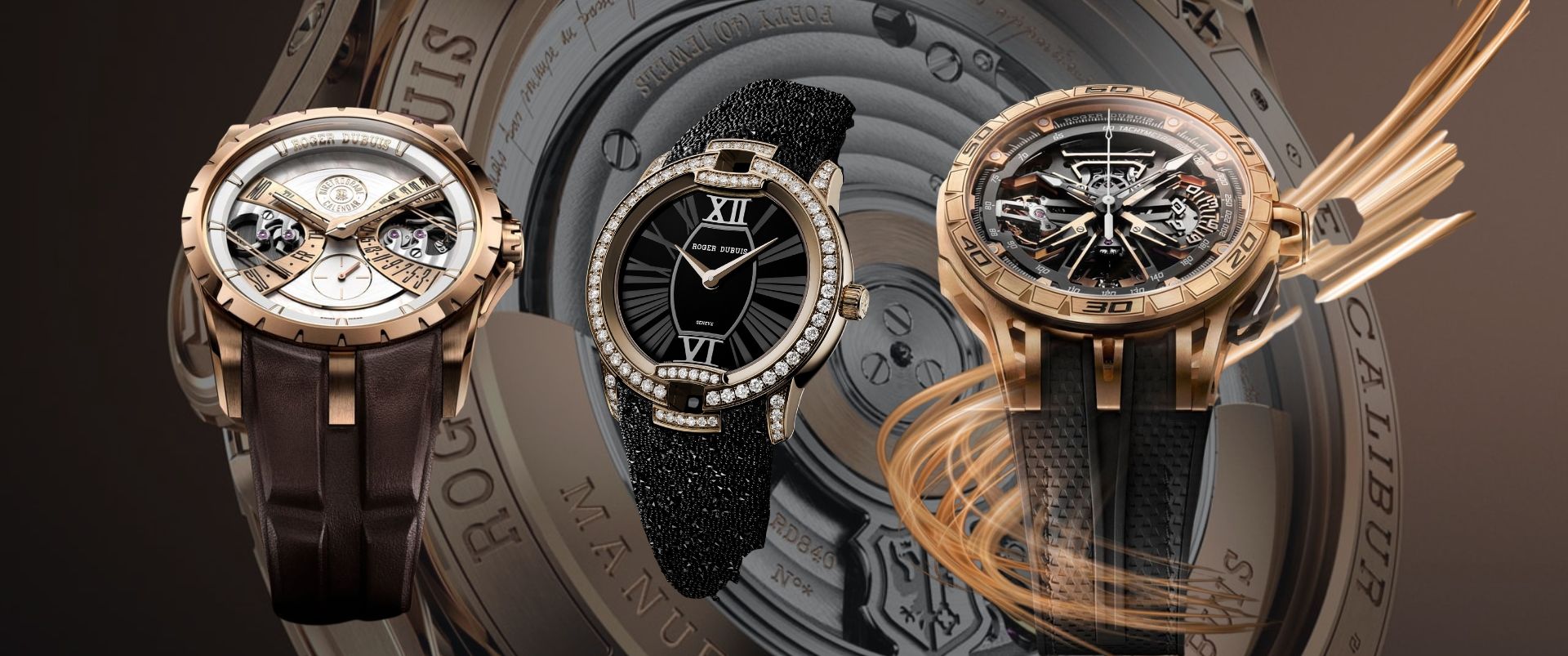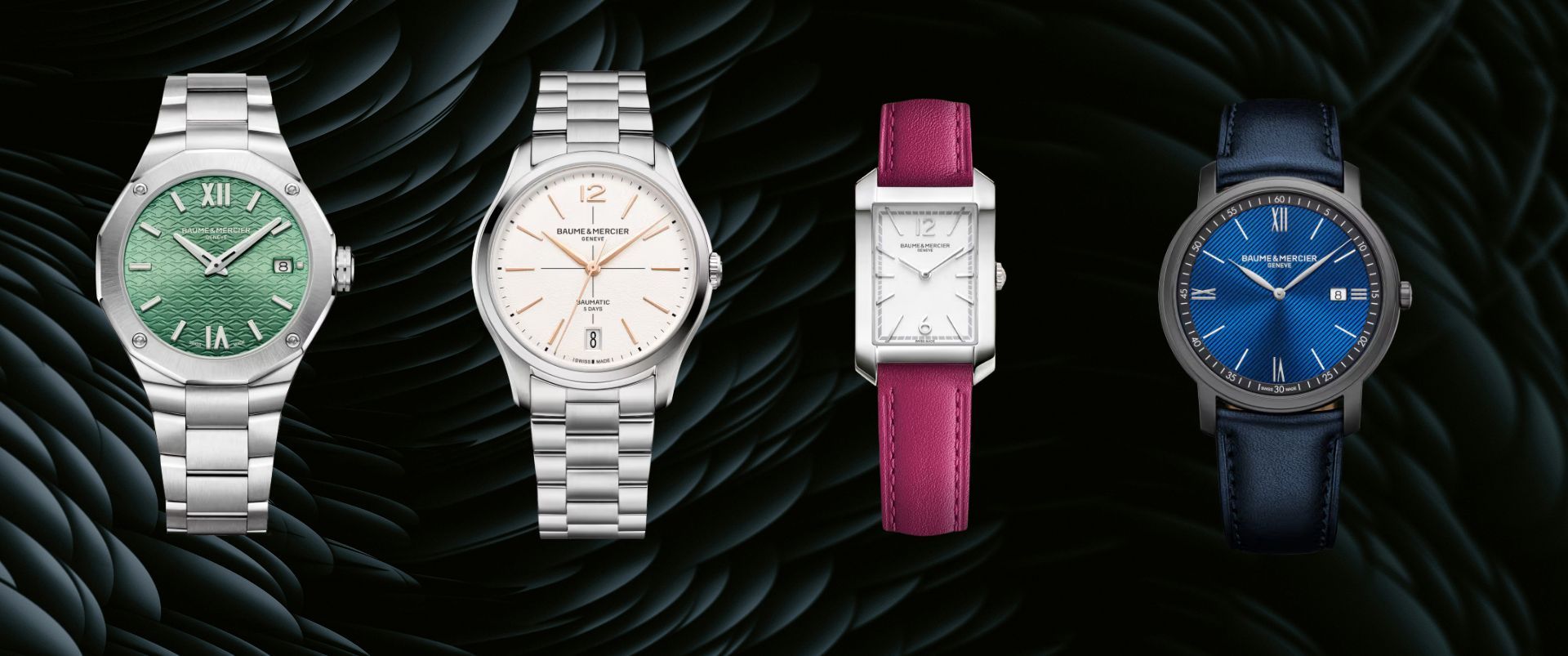Timeless Geometry: How Art Deco Shaped Watches
The roaring twenties and thirties were a time of profound cultural transformation, think jazz, flapper fashion, the Chrysler Building, Art Deco emerged as a defining design language in the era of optimism. The time was all about celebrating modernity, luxury, and precision. Much like watches, the two are more in sync than you imagine.
Leaving an indelible mark across disciplines, Art Deco as a movement has had an impact that has lasted through decades, making pieces across the board crafted back then still very (if not more) relevant today. Characterised by clean lines, geometric patterns, and bold materials, they were expressions of artistry and innovation, perfectly aligned with the spirit of the age.
Art Deco didn’t just change the way we viewed architecture or fashion—it transformed timekeeping into an art form. Watches of the era embodied the movement's signature traits and an emphasis on craftsmanship. Take the Jaeger-LeCoultre Reverso. Launched in 1931 for polo players, it introduced a revolutionary reversible case designed to shield its delicate dial from damage. But it wasn’t just practical—it was a masterpiece of symmetry, folding into itself with the most seamless system till this day. It was even echoed in The Great Gatsby where Leonardo Di Caprio is seen wearing one.
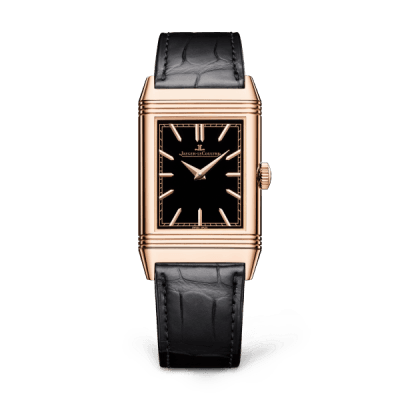
Materials played a starring role too. Brands like Cartier elevated the game with enamel, onyx, and platinum, creating pieces that weren’t just timekeepers but objets d’art. The Cartier Tank Cintrée, with its elongated form and sharp lines, encapsulated the era’s glamour. These materials weren’t just luxurious—they were groundbreaking, crafted with techniques that demanded unparalleled precision.
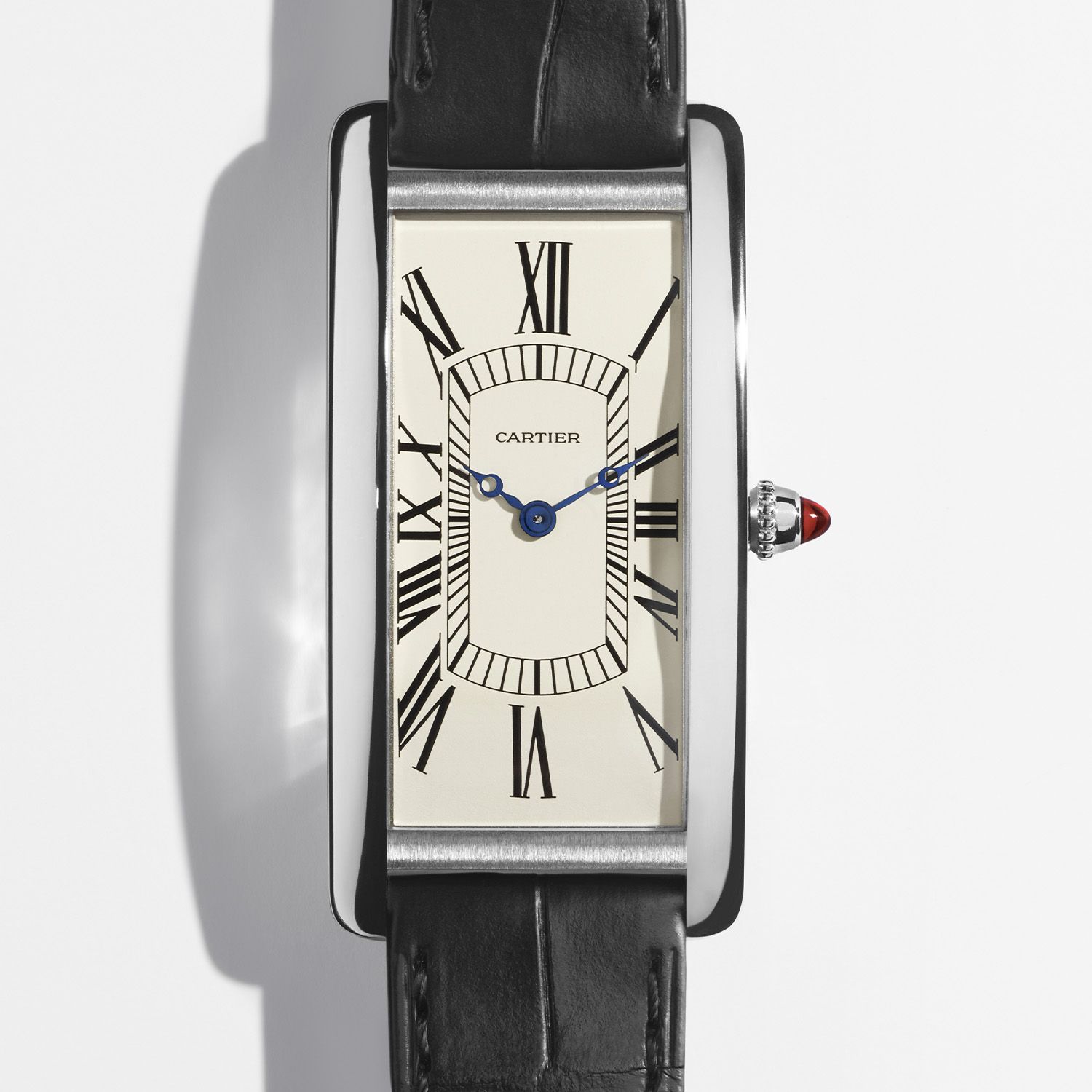
Dials became canvases for creativity. Think guilloché patterns and enamel detailing seen in vintage pieces by Vacheron Constantin, each dial a testament to the artisans’ skill and dedication. Even the watch bracelets echoed Art Deco’s love for opulence. Pieces from Van Cleef & Arpels combined gem-studded bands with intricate metalwork, blurring the lines between jewellery and functionality.

Rolex, too, joined the party with the 1926 Oyster. Its simple, streamlined design paired with groundbreaking waterproof technology was a testament to the era’s emphasis on marrying form and function. Meanwhile, Patek Philippe’s Gondolo collection offered a more flamboyant take on Art Deco, with bold rectangular cases and stepped edges, designed for Brazil’s fashion-forward elite.
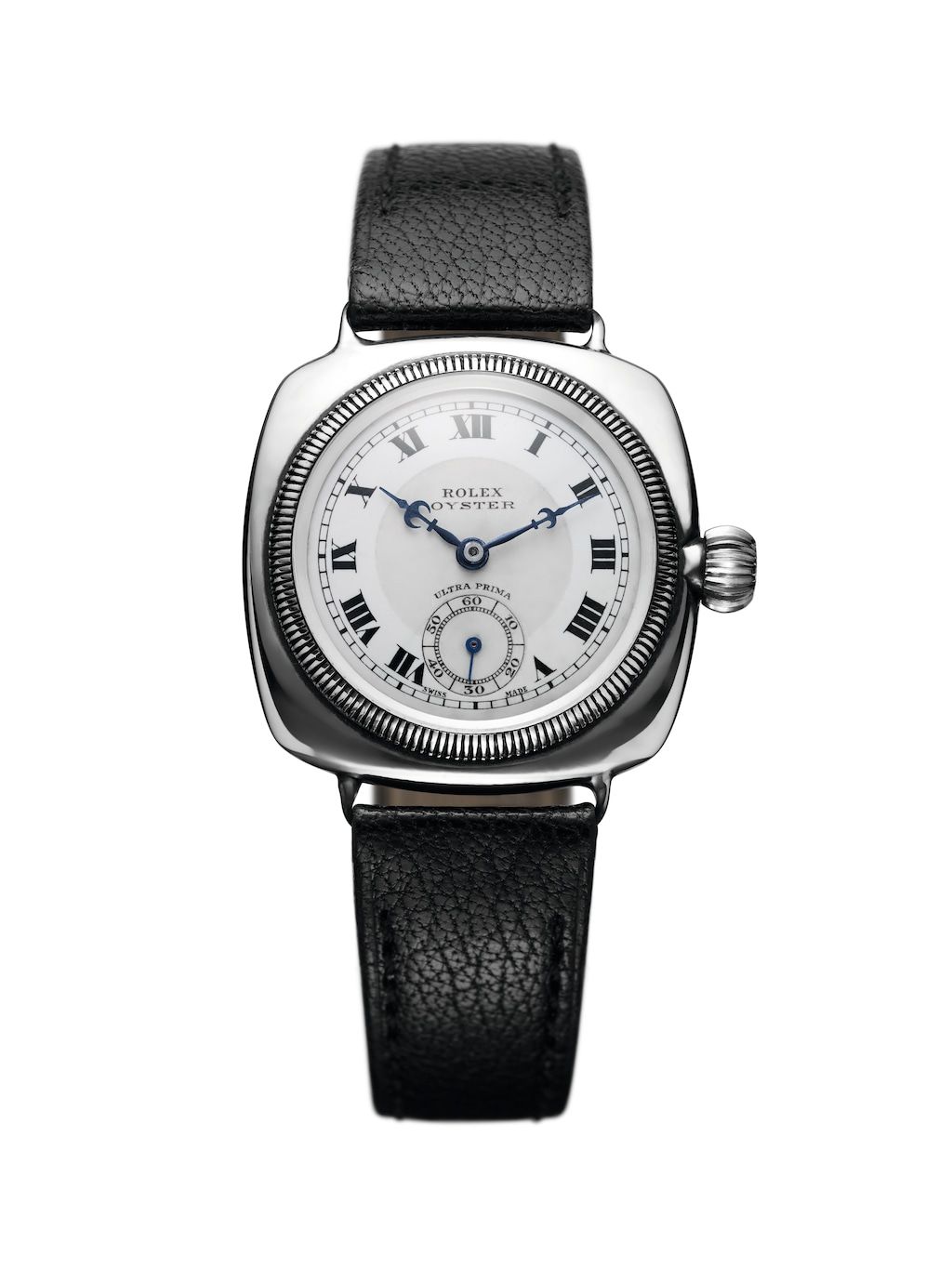
Collectors remain captivated by the timeless appeal of these designs. Why? Because they’re more than just beautiful—they’re versatile, effortlessly transitioning from vintage allure to contemporary sophistication. Brands today not only replicate the aesthetic but push boundaries with advanced materials like ceramic and titanium, ensuring that the spirit of Art Deco feels as relevant now as it did a century ago.
But it’s not just about the watches. Modern designers often turn to Art Deco archives for inspiration, proving that this design movement isn’t just a relic of the past—it’s a cornerstone of enduring elegance and ingenuity. Even today, these designs are more than just wristwatches; they are windows into a transformative era where art met engineering. They’ve graced the wrists of the world’s most stylish figures, appeared in iconic films, and remain relevant.
Art Deco watches weren’t just products of their time; they were symbols of a cultural renaissance—a celebration of innovation, beauty, and progress. From their geometric dials to their bold materials, the movement proves true artistry is timeless. Whether worn today or admired in a showcase, these pieces remind us of a world where precision and beauty coexisted in perfect harmony—one tick at a time.
No articles found


